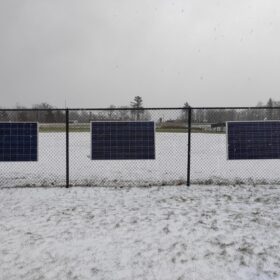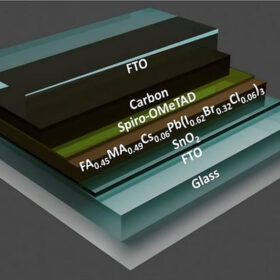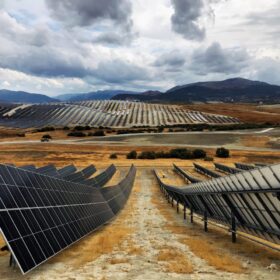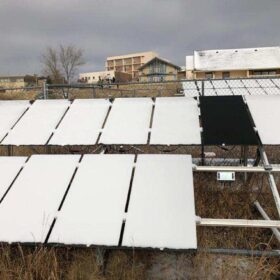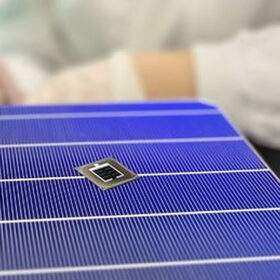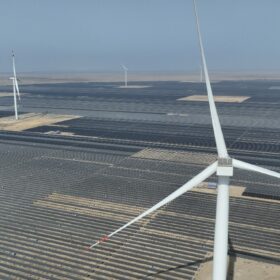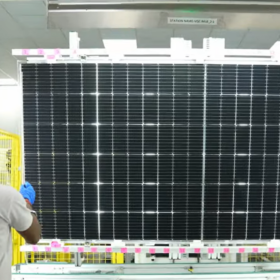Dutch government mulling PV ban on agricultural sites
Dutch Economy Minister Micky Adriaansens said that she aims to make it impossible to install solar farms on agricultural land, with some unspecified exceptions. The plan has raised concerns at Holland Solar, with the trade group warning of potential damage to farmers and solar project developers.
Using existing fences as near-zero-cost racking solution for PV deployment
American researchers are proposing to use steel zip ties to attach solar modules to fences in animal farms as a low-cost racking solution for agrivoltaic applications. They found the proposed approach is technically and economically viable, provided careful wind load tests are conducted on the fences.
Indoor perovskite PV solar cells with 32.0% efficiency
Scientists in Thailand built an indoor perovskite solar cell with low-cost carbon electrode architecture. The manufacturing process is based on antisolvent deposition and vacuum thermal annealing (VTA) and reportedly results in higher perovskite film quality.
New guidelines for inter-row spacing of PV power plants
A Canadian research group has applied new guidelines for ground coverage ratios to 31 locations in Mexico, the United States, and Canada. It found the new formulae show that the factors affecting inter-row energy yield loss are highly dependent on latitude.
Japanese provider launches new aluminum cables for PV systems
Japan-based GBP said its new cables are complying with several international standards. It claims the cables have an antitheft function, as they should discourage copper thieves from approaching a PV system.
All antireflective solar module coating techs at a glance
Scientists in the United Kingdom have investigated the durability and performance of all antireflecting coatings for solar modules and said further work is needed to improve industry standards. Their review addresses single-layer and multi-layer techniques and provides insight on their costs and viability.
Dutch government allocates €412 million to support ‘circular’ PV panel manufacturing
The Dutch cabinet said it will support solar factories that will produce panels with a circular economy approach. It also allocated €296 million to support battery manufacturing.
All solar cell efficiencies at a glance – updated
The research group led by Professor Martin Green has published Version 62 of the solar cell efficiency tables. There are 21 new results reported in the new version, a record number for the Tables.
Solar-driven photoreactors to generate hydrogen on rooftops
Scientists led by the Karlsruhe Institute of Technology have designed panel-like photoreactors relying on a water-splitting photocatalyst that could produce hydrogen on rooftops or dedicated solar farms. They claim the photoreactors have high economic potential because of their ‘extremely’ low costs.
New technique to repair solder interconnection failures in solar panels
Researchers in Japan have developed a repair technique for solar modules with damaged busbars and solder ribbons. They claim the new method can be implemented on site, without removing the panels from the array.


